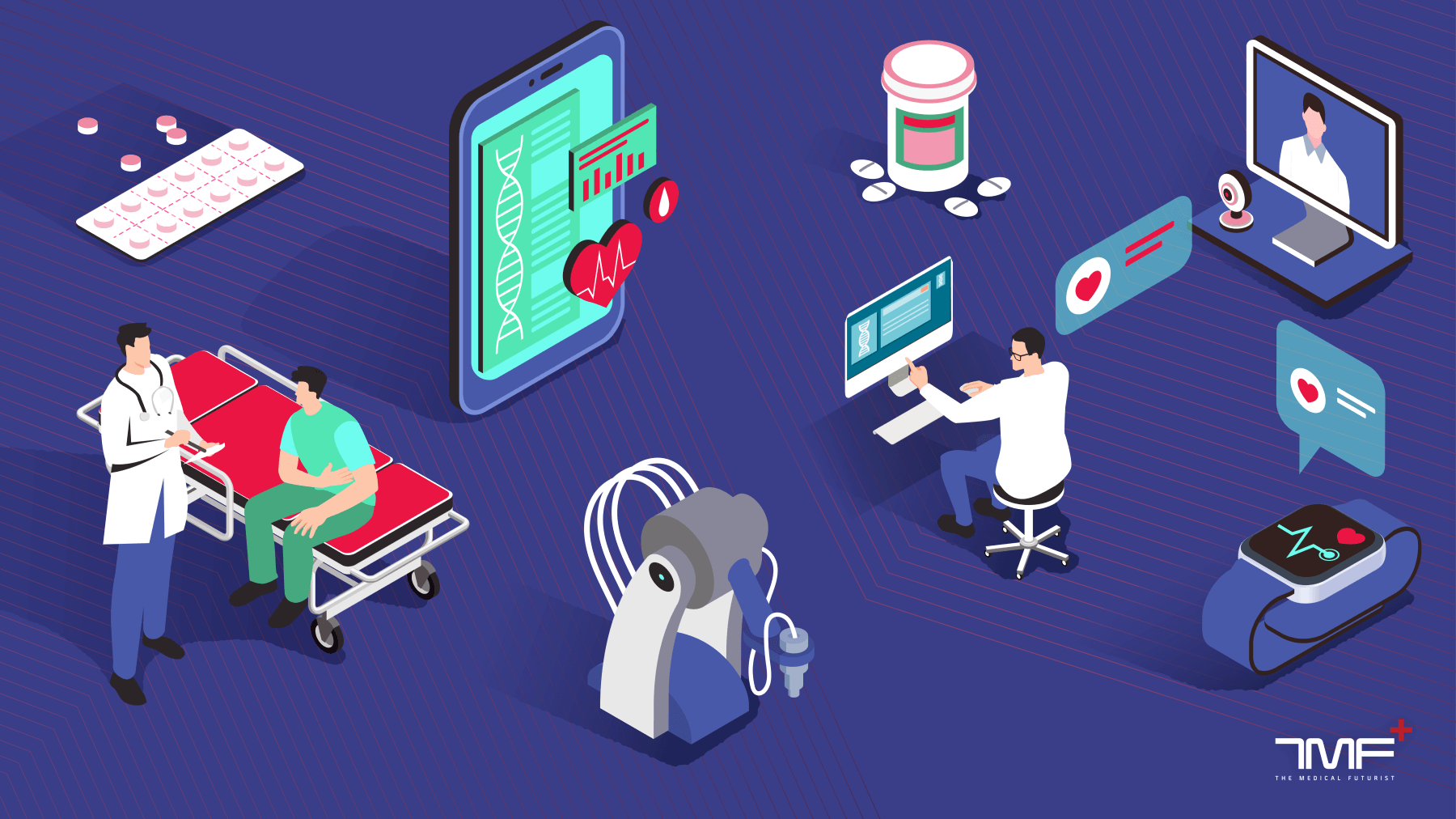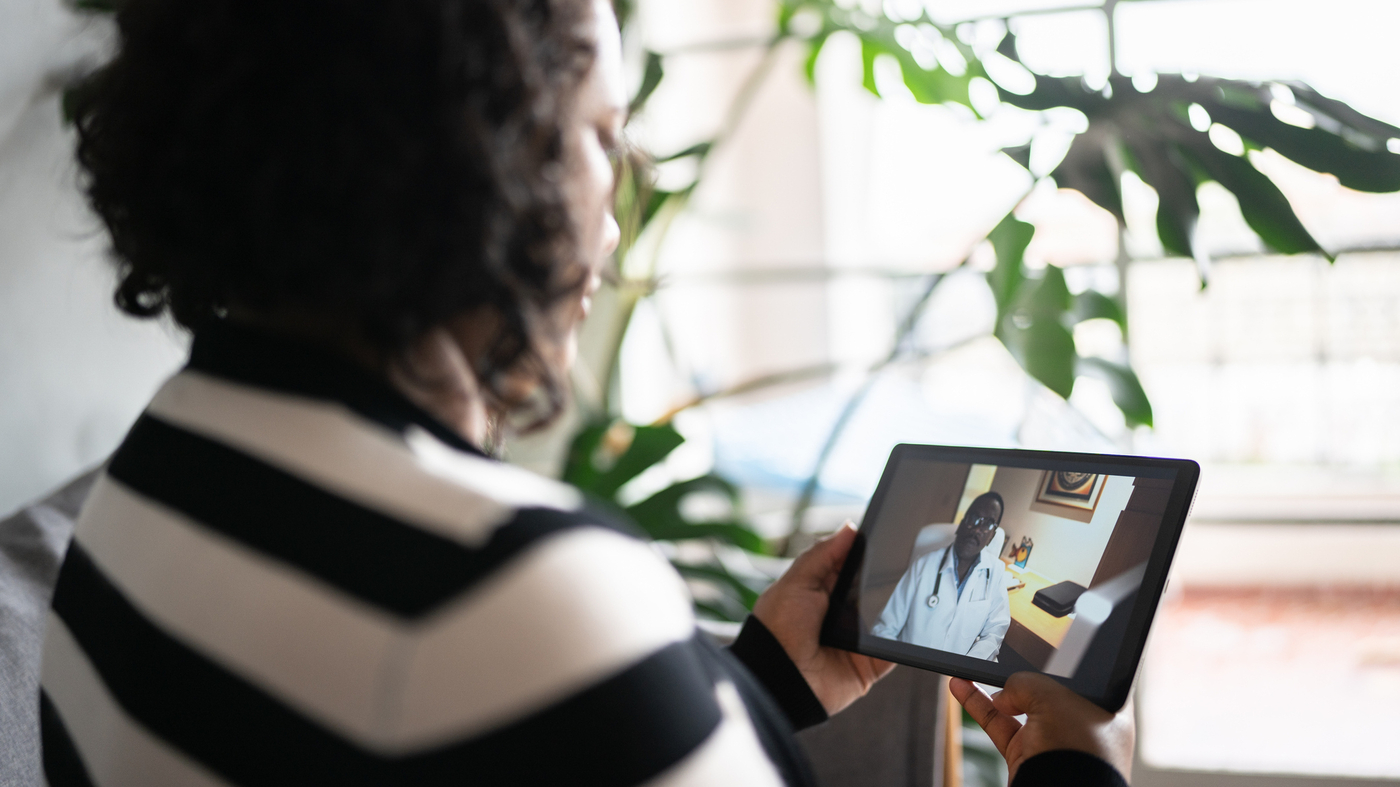
I spent the majority of this weekend on staff at my favorite outdoor classroom program, which focuses on teaching a variety of outdoor skills to adults. Fall has definitely arrived, with frost on the tents the first night and ice the second night. Even though I’ve been doing this a long time and have a good routine to make the experience as comfortable as possible, my body seems to be greeting those early mornings with an increasing number of creaks and groans as I depart my nice cozy sleeping bag. It’s worth it, however, to see people learn new skills and become comfortable with spending time in the great outdoors.
This time around, I was also the designated health officer and was extremely glad that the weekend had zero incidents requiring my professional skills. The only casualty was a box oven that caught fire in a fairly spectacular fashion but was quickly extinguished.
People are always curious when they find out I’m a telehealth physician and wonder how much we can really do without laying hands on a patient. One attendee was shocked that we’re “allowed” to diagnose anything when we’re not seeing someone in person. I explained that a diagnostic process involves a good amount of history-taking and listening, and once you frame it in that fashion, people start to remember that their own physician might not do much more of an examination than listening to their heart and lungs at an office visit. I also was able to explain some of the technologies that are available to assist physicians and patients. People tend to forget that home blood pressure cuffs and scales can provide data for diagnosis and management as well.
Of course, people also tend to ask for medical advice. This weekend’s hot topics included what I think of the new COVID booster along with what I think is the optimal timing of the flu vaccine.
Generally, I tell people that I’ve already had the new COVID vaccine and have no concerns about giving it to loved ones, and there’s not much more discussion. On the flu vaccine, however, it seems like everyone thinks there is some kind of secret to the best timing. Historically, influenza tended to peak somewhere between January and April, so getting a vaccine in early fall was ideal. There have been a lot of changes to the patterns of various viral infections since the COVID pandemic and there’s a chance our predictions for this year’s flu season might not be as accurate as they’ve been in the past, so my strategy is to recommend people get it as soon they are able, particularly if they are high risk, and to take common sense precautions to avoid infection – like washing their hands and staying away from sick people.
We had some staff members who were unable to participate this weekend due to COVID infections, so I am doubling down on the recommendation that if someone has an important event they’d like to attend, it’s a good idea to up their masking and distancing game if they want to improve their odds of making it happen. Many of the members of our instructor team are IT professionals and are now working from home permanently, so there were a couple of good conversations around the new normal of working when you’re sick along with strategies for juggling work commitments when you might have a sick child at home. People reported a wide range of ways they handle this depending on workplace culture. It seems like more organizations are expecting people to work while sick because they’re remote, even if they have designated sick time.
This conversation led into a follow up discussion of “the perils of unlimited PTO,” which seems to be increasing in popularity among tech companies for a variety of reasons. Workplaces definitely vary in how they’ve implemented it. Some still track time off but it’s unlimited, which doesn’t help much with managing administrative overhead. Others leave it up to supervisors to track their teams’ time off and intervene if there are issues. Another strategy is to not track time off at all. The people in the discussion felt that not having any tracking at all made them more likely to not take an appropriate amount of time off, because they didn’t have any kind of visual indicator of what they had taken or any way to judge where they are in comparison to their peers.
I’ve worked in a couple of unlimited PTO organizations. They have also had extremely flexible work hours, which when combined can be a recipe for working way more hours than one might normally do in a traditional time management structure. My advice for those moving into this model for the first time is to track your hours and your work pattern for a period of time and find out how many hours you’re really working and whether you’re doing more than you think. Having been a consultant and needing to quantify my time in various increments – some as small as six minutes – I know with good accuracy how long many tasks take. People who are working flexible hours and tend to answer emails “here and there” after hours often underestimate how long those take and those minutes add up. I recommended a time tracking exercise for one of my mentees recently and he found that his new position with unlimited PTO and a flexible remote schedule actually had him working 25% more hours than he previously worked.
This drifted into a conversation about so-called “quiet quitting.” It was interesting to hear that those in non-healthcare tech positions were seeing similar manifestations of the phenomenon as those of us who are in healthcare IT. I think at times we think that there’s something particularly challenging about being in healthcare or having been impacted by the pandemic, that we think we’re worse off than everyone else. However, it seems that everyone is similarly burned out and looking for solutions to live a more balanced life. I hope that spending a couple of days in the woods provided some food for thought about the need for balance as well as some strategies for getting more enjoyment in the outdoors. If nothing else, the participants should have gone home with a sense of accomplishment after spending the night in a tent in freezing weather.
Does your organization have unlimited PTO? Do you feel like workers take enough time off to recharge? Leave a comment or email me.

Email Dr. Jayne.



